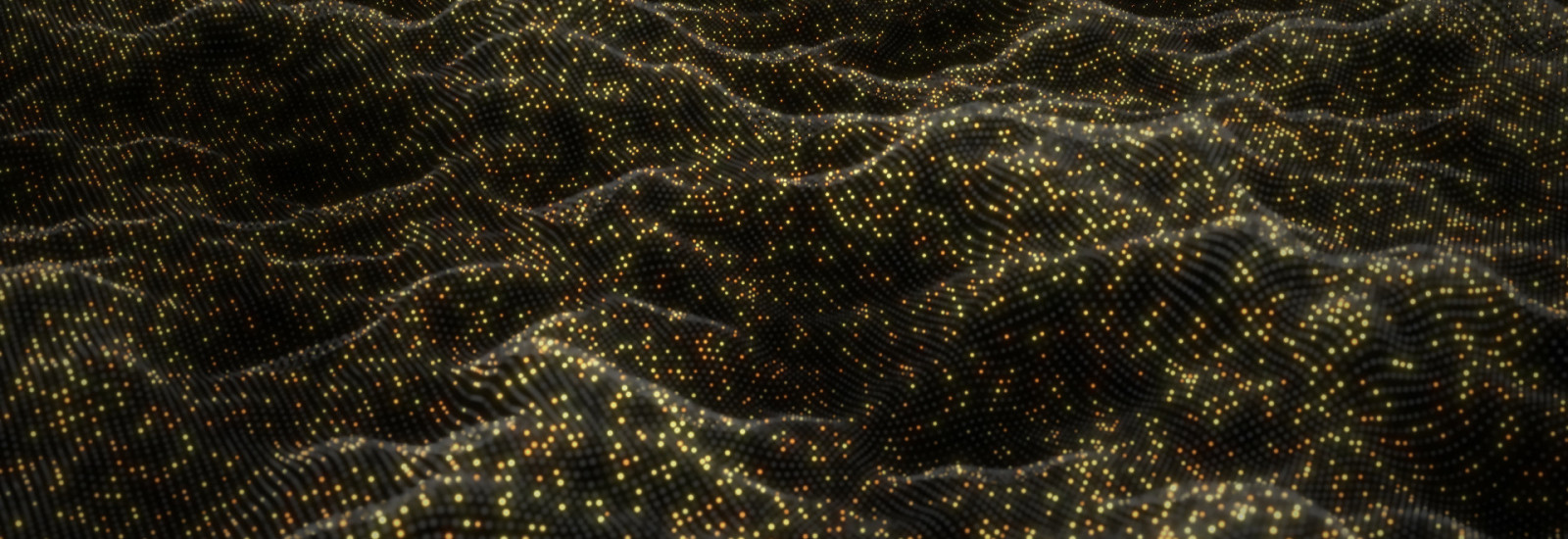Synchrotrons employ novel NEG technique to create UHV
Modern advances in science rely on sophisticated technologies and scientific infrastructure. Synchrotrons belong to the most complex facilities. They provide scientists with highly intense, brilliant radiation to shed light on the oddities of materials on the atomic scale. The latest Brazilian synchrotron SIRIUS started construction in 2015. It guides electrons inside a large vacuum ring of 518 m circumference to emit its characteristic radiation.
Achieving and maintaining an ultra-high vacuum (UHV) in a complex facility like a synchrotron ring is challenging. One novel vacuum pumping technique is called “non-evaporable getter (NEG) thin-film coating”. The idea is simple: Remaining molecules in UHV act like table tennis balls that fly straight-forward and bounce off the table or the players’ rackets. Now consider you apply super-glue to the table or the rackets. Every time a ball touches the glue, it sticks firm to it. Soon, you would run out of balls. Similarly, in UHV the molecules fly between the walls of the tube. By coating the vacuum tubes from the inside with a special reactive thin film, spurious gas molecules adsorb to the film, react with the surface and remain on the wall. In this way, they cannot interact with the electrons flying in the center of the vacuum tube anymore.
“The CERN has developed this technology, and they trained our engineers on the coating process in Switzerland. When planning our vacuum system, we quickly decided to use this approach for our SIRIUS storage ring,” explains Rafael Molena Seraphim, head of the vacuum group at the Brazilian Synchrotron Light Laboratory LNLS. “However, it was critical to adapt the coating to our specific application to make it work. For this reason, the LNLS has developed its proprietary apparatus allowing to deposit thin film coatings inside tubes of up to 3.2m lengths. By the sputtering technique, we can adjust thickness and composition very accurately.”
Sputtering is a thin film deposition process inside a vacuum chamber in which ionized gas molecules bombard a target surface, similar to a missile. The impact of the ionized gas molecules releases atoms or molecules from the target which move to the deposition surface. By placing the target material inside the tubes, the material deposits onto the inner tube surface in a very controlled manner. However, the NEG functionality critically depends on the film quality as well as its thickness and composition. “In our first experiments, we could not yet achieve the correct homogeneity of the final film, as it was not possible to control the carrier gas flow precisely enough,” recalls Rafael Seraphim.
VAT provides accurate solutions for sputtering process control
“We are aware of how crucial it is for our customers to control the gas flow in thin film deposition processes like sputtering. It needs to be very accurate while avoiding any form of unwanted contamination brought into the film composition,” understands VAT Sales Engineer Jürg Öhri. “In anticipation of the market trend, we had already begun to develop a novel all-metal leak valve. Luckily, it was just ready for market launch when the LNLS got in touch with us in 2012. I was very confident that this would solve their problem.” The 59.0 is a variable leak valve that is free of any elastomer sealings. Its precise stepper motor enables adjusting gas flow rates in UHV conditions up to 100 times more accurately than other dosing valves.
When VAT presented their all-metal leak valve to us, we quickly realized that this was exactly what we had needed,” recalls Rafael Seraphim. “The accurate valve adjustment has stabilized our carrier gas flow and has allowed us to bring the coating process under control.” Tube by tube, more than 500 m of the storage ring was coated until the whole SIRIUS storage ring was finished in 2018. The vacuum system alone has cost more than 10 M€ in the end.
Understanding customers sets new standards
“I was impressed to see the dedication of the LNLS engineers to optimize the NEG sputtering process to their specific needs for the SIRIUS ring. Their apparatus was one of the first applications of our new series 59.0 all-metal leak valve,” summarizes Jürg Öhri. “It has now proven its purpose in many applications and has become an industry-wide standard for critical gas flow control in thin-film processes, such as chemical or physical vapor deposition (CVD/PVD), atomic layer deposition (ALD), or pulsed laser deposition (PLD).”
“SIRIUS is a Brazilian project built with a lot of genuine know-how from our engineers and scientists. However, we have been happy to work with VAT. They not only provided a lot of vacuum components like a simple supplier, but they work as a project partner and foresee market needs. This clearly distinguishes them from other players on the market,” concludes Rafael Seraphim from the LNLS. In 2020, SIRIUS opened its facilities to scientists who began to run the first experiments.
